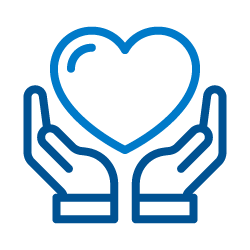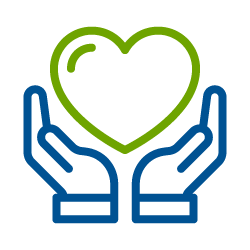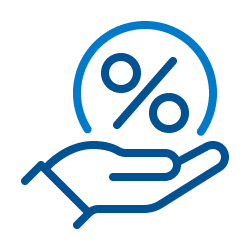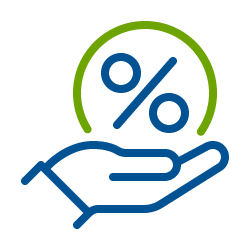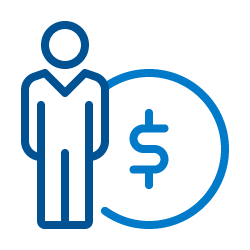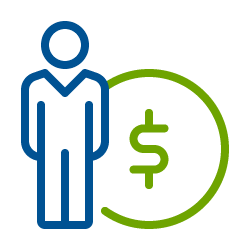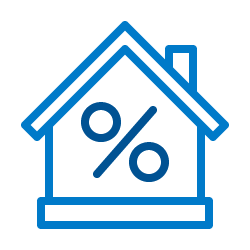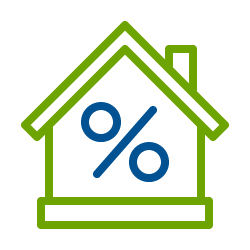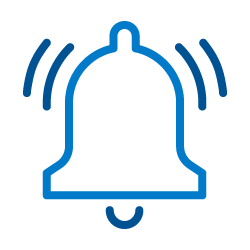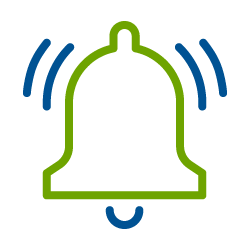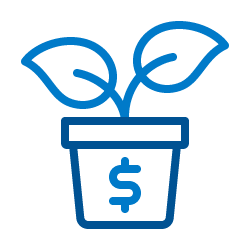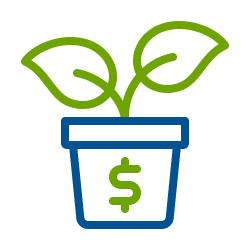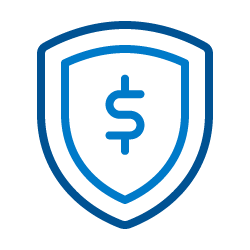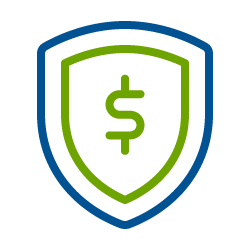Strategies to help you get out of debt
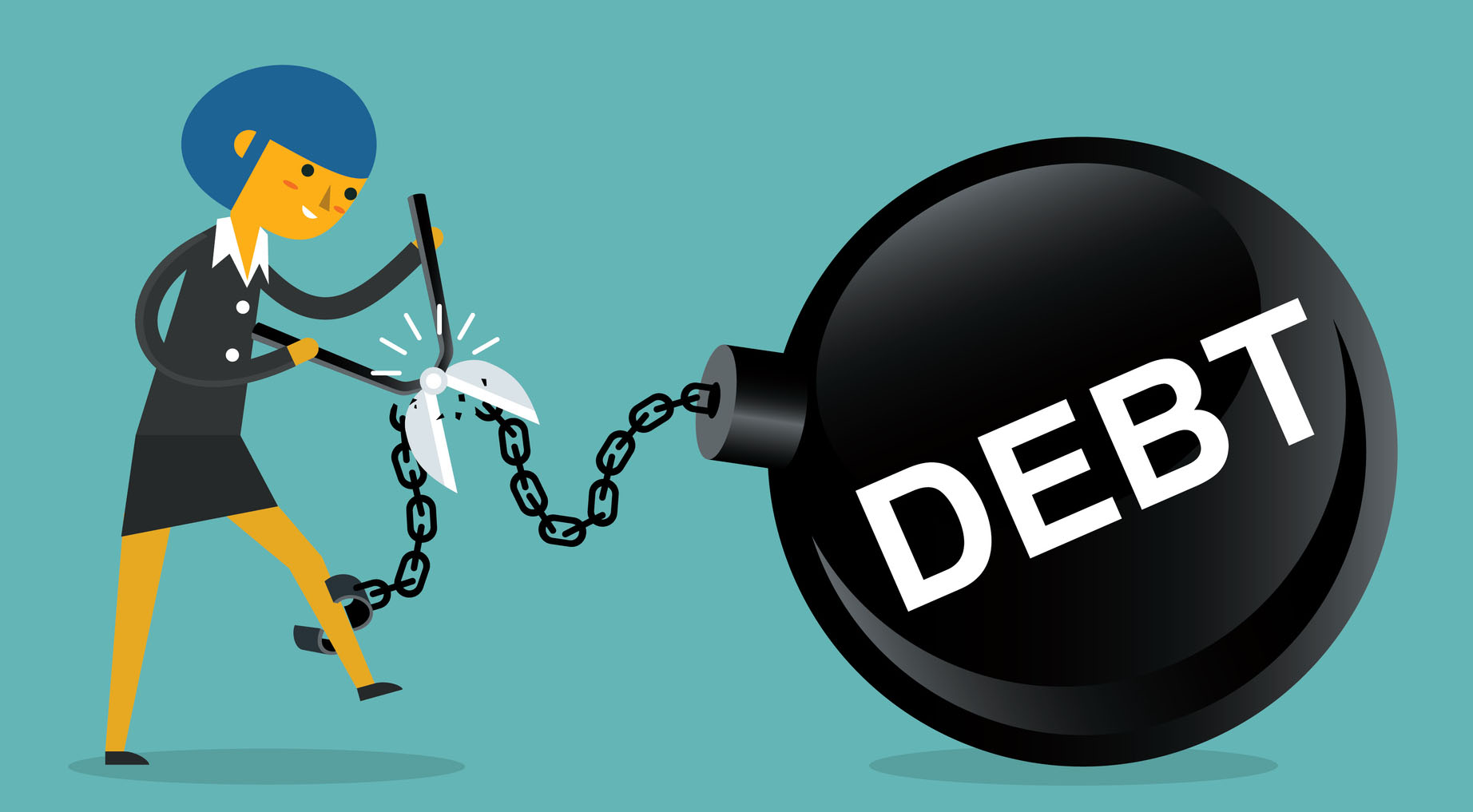
If you’re struggling with debt, you’re not alone. Did you know the average American held more than $5,900 in credit card debt in 2022? Overall household debt in the United States has seen an increase over the last year. With this fast-growing rate of debt, now is a great time to create a strategy for yourself to help pay down what you can and get yourself one step closer to getting out of debt.
It’s important to recognize that paying off debt isn’t a “one size fits all” type of deal. Everyone’s situations are different, but luckily, there are several debt repayment strategies that can help. Keep reading on to learn more.
Creating a budget that works for you
Before jumping right into paying off debt, it’s a good idea to put a budget in place, and having a budget can be a key step in getting a handle on your debt. The start of budgeting often comes from a desire to live within your means. Without budgeting, it’s easy to use credit to supplement your income. That’s why paying down debt is a common financial goal.
Credit cards can be a valuable financial tool. They typically come with rewards for using them and can offer quick short-term financing for unexpected expenses. The key is to use them responsibly! If you charge something to a credit card, you should have a plan that includes credit card payments in your monthly budget.
If you’re working now to pay off debt from a credit card, student loan, car loan, or anything else, it’s important to make sure this goal is a priority in your budget. If your goal is to pay more than the minimum payment every month, stick to it! Keep in mind that any sacrifices you make now to pay off that debt will be attainable again once the debt is paid off.
Track your spending for a month. You can track your spending with online tools or apps. Tracking your spending can help you get honest with yourself about how much you’re spending and where, letting you create a budget that’s realistic.
Evaluate your income. Look at your take-home pay. How much is actually going in your pocket each paycheck? You can’t start creating a realistic budget for yourself until you get honest about how much you’re actually bringing home after taxes and deductions.
Gather all your fixed expenses. There are certain expenses you’ll have each month like clockwork. These expenses could include a rent or mortgage, car payment, insurance, etc. If you’ve tracked your spending for at least one month before beginning to create your budget, you’ll have a rough estimate of what you might spend on these fixed expenses.
Set a micro budget. We all want to be able to spend our money on fun things like new clothes, eating out, or new tech items. That’s all okay! Just set micro budgets for yourself and stick to those. (Such as $100/month for restaurants, $75/month for clothes, etc.)
Set an amount to contribute to savings each month. It’s important to build an emergency savings. Having one can help you be prepared for an unexpected expense that’ll inevitably pop up every once in a while. Even if it’s only $25 a month, designate an amount to add to your savings each month. Better yet, make it an automatic transfer from checking to savings.
Stick to a plan and watch it pay off. It may seem like living on a budget is a sacrifice, but after doing it for a month or two, you’ll see how freeing it feels to know where your money is going and to have that cushion of emergency savings.
Three common debt repayment strategies
Now that we’ve covered creating a budget and the importance of sticking to it, we can finally jump into the three most common strategies that can help you pay down your debt.
THE SNOWBALL METHOD
This method is great for someone who’s just starting out on repaying their debt. With the snowball method, you continue to make the minimum payments on all your debts, while focusing any extra money you have on paying off your smallest balances as soon as possible. Once you begin paying off some of your debts, you’ll then use that freed up money to move on to your next smallest balance. This is where the term “snowball” comes into play.
Example: Each month, you have to make a credit card payment of $50, a student loan payment of $300, and a car payment of $400. Every month, you’ll make those minimum payments and add any extra to the credit card. Once your credit card is paid off, you add the $50 you would’ve put toward the credit card to your student loan payment (for a regular payment of $350, plus any extra).
Note: While this method does help to pay off smaller balances quickly, you could be neglecting larger balances with high interest rates.
THE AVALANCHE METHOD
This method looks at the interest rate instead of the balance. With the avalanche method, you continue to make your minimum payments, but instead, you focus on the balances with the highest interest rates, adding any extra money to those payments.
Note: While this method may feel slower than the previous, this could end up saving you more money in the long run since you’ll be paying off the debts with higher interest rates sooner, rather than later.
THE CONSOLIDATION METHOD
Debt consolidation is a common practice among people with higher amounts of debt. This lets you combine several loan balances into one loan, letting you pay one monthly payment with one interest rate. Some credit cards, such as Centra’s, even offer a 0% introductory annual percentage rate (APR) on balance transfers for a limited time.
Debt consolidation can be done in a number of ways. Most individuals will use a personal loan. These are unsecured loans, which means the loan doesn’t require any collateral. While they don’t require collateral, these types of loans could come with higher interest rates.
Some people use home equity loans or lines of credit (HELOCs) to consolidate their debt. Most commonly, you hear about people using a HELOC to make a home improvement, but that’s not their only purpose! Keep in mind that this type of loan uses your house as collateral.
Note: There are some loan types you should try to avoid such as payday loans. This is because they can come with numerous high fees and sometimes astronomical interest rates! Did you know payday loans are even illegal in some states?
Let’s recap
Debt repayment isn’t a “one size fits all” type of deal. Everyone’s situations are unique, so you should always research the best options for you in the short term and long term. Create a budget before jumping in to ensure you’re using your dollars wisely. Once you’re ready to take the deep dive into paying down your debt, find a strategy that works for you and stick to it. Becoming debt-free takes time and dedication, but once you’ve paid down your debt, you’ll feel free and accomplished.
All of this information can seem overwhelming, and that’s okay! We’re here to help. Centra Team Members can help you learn how to track your spending with digital banking, or you can speak with a Centra Financial Services advisor to plan for your future. Click here to make an appointment online to speak with a Centra Financial Services advisor today.

